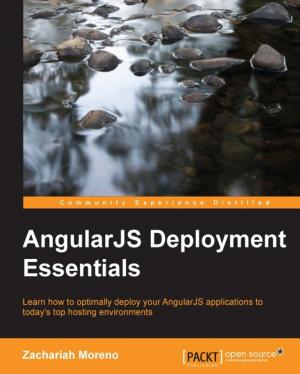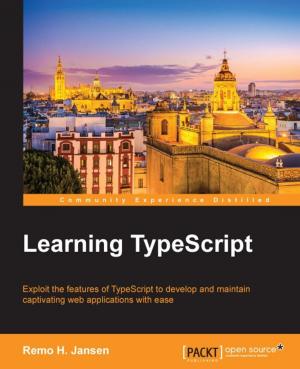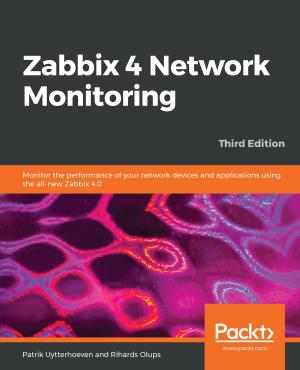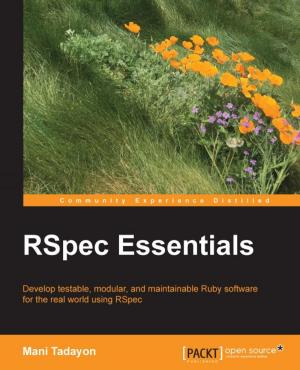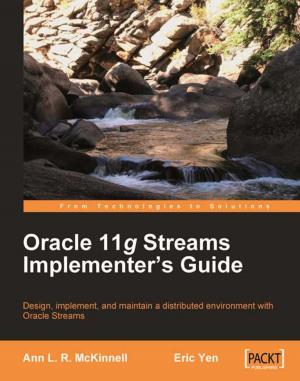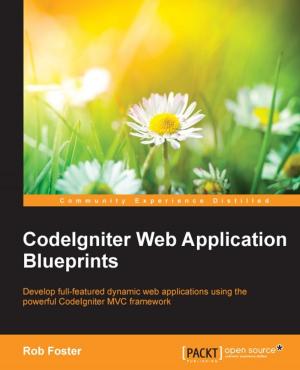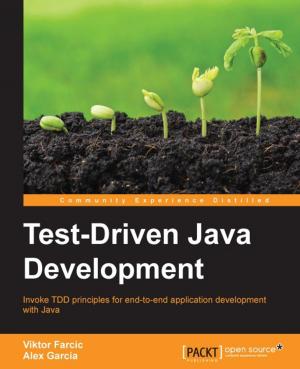Julia High Performance
Optimizations, distributed computing, multithreading, and GPU programming with Julia 1.0 and beyond, 2nd Edition
Nonfiction, Computers, Advanced Computing, Natural Language Processing, General Computing, Programming| Author: | Avik Sengupta | ISBN: | 9781788292306 |
| Publisher: | Packt Publishing | Publication: | June 10, 2019 |
| Imprint: | Packt Publishing | Language: | English |
| Author: | Avik Sengupta |
| ISBN: | 9781788292306 |
| Publisher: | Packt Publishing |
| Publication: | June 10, 2019 |
| Imprint: | Packt Publishing |
| Language: | English |
Design and develop high-performance programs in Julia 1.0
Key Features
- Learn the characteristics of high-performance Julia code
- Use the power of the GPU to write efficient numerical code
- Speed up your computation with the help of newly introduced shared memory multi-threading in Julia 1.0
Book Description
Julia is a high-level, high-performance dynamic programming language for numerical computing. If you want to understand how to avoid bottlenecks and design your programs for the highest possible performance, then this book is for you.
The book starts with how Julia uses type information to achieve its performance goals, and how to use multiple dispatches to help the compiler emit high-performance machine code. After that, you will learn how to analyze Julia programs and identify issues with time and memory consumption. We teach you how to use Julia's typing facilities accurately to write high-performance code and describe how the Julia compiler uses type information to create fast machine code. Moving ahead, you'll master design constraints and learn how to use the power of the GPU in your Julia code and compile Julia code directly to the GPU. Then, you'll learn how tasks and asynchronous IO help you create responsive programs and how to use shared memory multithreading in Julia. Toward the end, you will get a flavor of Julia's distributed computing capabilities and how to run Julia programs on a large distributed cluster.
By the end of this book, you will have the ability to build large-scale, high-performance Julia applications, design systems with a focus on speed, and improve the performance of existing programs.
What you will learn
- Understand how Julia code is transformed into machine code
- Measure the time and memory taken by Julia programs
- Create fast machine code using Julia's type information
- Define and call functions without compromising Julia's performance
- Accelerate your code via the GPU
- Use tasks and asynchronous IO for responsive programs
- Run Julia programs on large distributed clusters
Who this book is for
This book is for beginners and intermediate Julia programmers who are interested in high-performance technical programming. A basic knowledge of Julia programming is assumed.
Design and develop high-performance programs in Julia 1.0
Key Features
- Learn the characteristics of high-performance Julia code
- Use the power of the GPU to write efficient numerical code
- Speed up your computation with the help of newly introduced shared memory multi-threading in Julia 1.0
Book Description
Julia is a high-level, high-performance dynamic programming language for numerical computing. If you want to understand how to avoid bottlenecks and design your programs for the highest possible performance, then this book is for you.
The book starts with how Julia uses type information to achieve its performance goals, and how to use multiple dispatches to help the compiler emit high-performance machine code. After that, you will learn how to analyze Julia programs and identify issues with time and memory consumption. We teach you how to use Julia's typing facilities accurately to write high-performance code and describe how the Julia compiler uses type information to create fast machine code. Moving ahead, you'll master design constraints and learn how to use the power of the GPU in your Julia code and compile Julia code directly to the GPU. Then, you'll learn how tasks and asynchronous IO help you create responsive programs and how to use shared memory multithreading in Julia. Toward the end, you will get a flavor of Julia's distributed computing capabilities and how to run Julia programs on a large distributed cluster.
By the end of this book, you will have the ability to build large-scale, high-performance Julia applications, design systems with a focus on speed, and improve the performance of existing programs.
What you will learn
- Understand how Julia code is transformed into machine code
- Measure the time and memory taken by Julia programs
- Create fast machine code using Julia's type information
- Define and call functions without compromising Julia's performance
- Accelerate your code via the GPU
- Use tasks and asynchronous IO for responsive programs
- Run Julia programs on large distributed clusters
Who this book is for
This book is for beginners and intermediate Julia programmers who are interested in high-performance technical programming. A basic knowledge of Julia programming is assumed.




